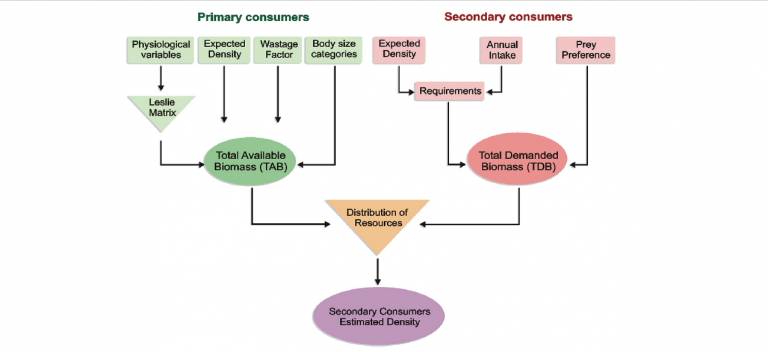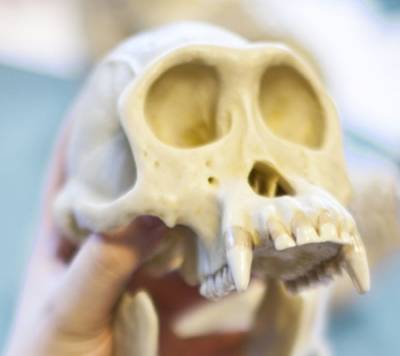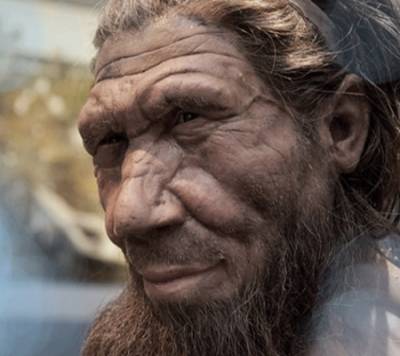Atapuercan hominins skillfully exploited ecosystem
19 March 2016
It has been repeatedly proposed that the human presence in Europe during the late Early and the early Middle Pleistocene was conditioned, among other factors, by the available trophic resources and by the competition with carnivores for these resources.

Competition for meat with other secondary consumers could delay the human dispersal through Europe. Moreover, some research suggests that human settlement was discontinuous in Europe during the late Early and the Middle Pleistocene and that this discontinuity might be related to the presence of other secondary consumers. The competition intensity among secondary consumer species in Europe has been previously analysed at both local and continental scales. At the local scale, two faunal assemblages from the Sierra de Atapuerca sites were analysed, demonstrating that competition intensity was higher in the early Middle Pleistocene than in the late Early Pleistocene. At a continental scale, 34 faunal assemblages were analysed and demonstrated an opposite pattern. In the present study, we extended the local analysis to include more faunal assemblages from the Sierra de Atapuerca sites to track the changes in the competition intensity during a longer time period. The results show that humans were able to successfully exploit the Atapuerca ecosystems at different levels of competition intensity, and that TD6-2 assemblage exhibits an exceptionally low degree of competition. It is proposed that the TD6-2 paleocommunity likely included a large felid species that is not recorded in the fossil assemblage. Lack of human presence in the TD8 assemblage may be related to increased competition intensity inside the guild of secondary consumers, while the technological development from Mode 2 to Mode 3 could be related to an increased degree of competition. There are similarities between the analyses at the continental and local scales from the point of view of the available biomass for secondary consumers, but the competition intensity shows little variation at the local scale, with the exception of the TD6-2 assemblage.
Carnivores and humans during the Early and Middle Pleistocene at Sierra de Atapuerca
Guillermo Rodríguez-Gómez, Jesús Rodríguez, Jesús A. Martín-González, Ana Mateos
DOI:10.1016/j.quaint.2015.12.082
 Close
Close




